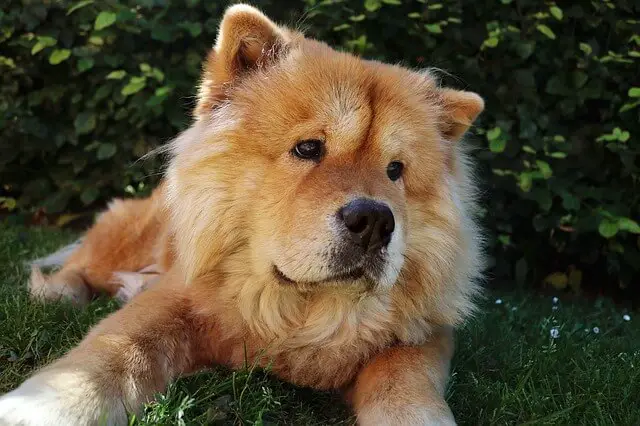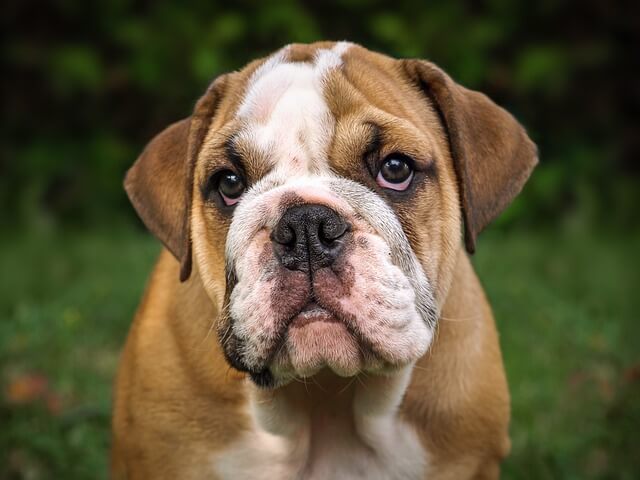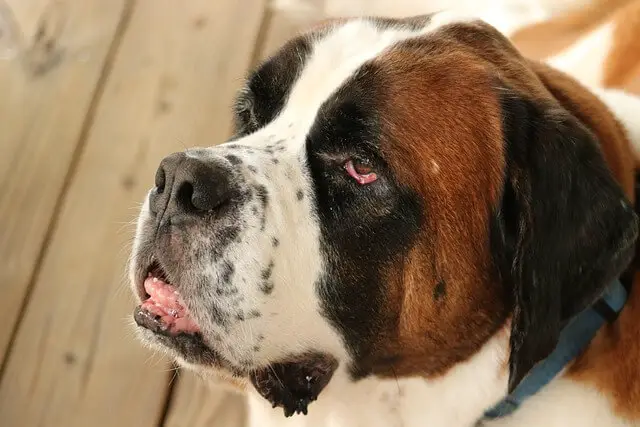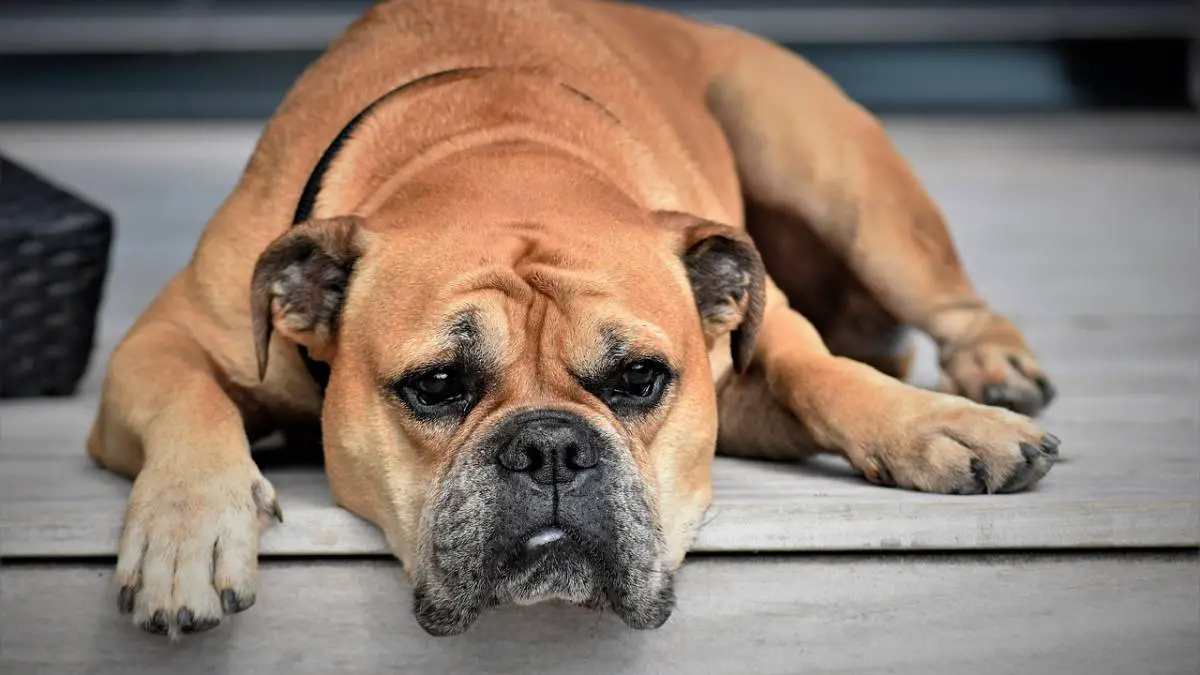Ectropion in Dogs: Causes, Symptoms & Treatment
15.04.2022.
We all want what's best for our dogs, but sometimes, there are things even we, their owners, can't protect them against. If you notice something weird going on with your dog's eyes and you're worried about their vision, here are a few things you should know about ectropion in dogs.
What exactly is ectropion?
This deformity of the eyelids, known as ectropion, occurs when the lower eyelid elongates outward or "rolls" outward. This results in droopy lower eyelids.
Conjunctival tissues that border the dog's eyelids and cover their eyeballs get exposed when this condition strikes a dog. That causes the tissue to dry up. Conjunctivitis is a common result of this. Keratitis can occur when the cornea or the eye's surface becomes dry (corneal inflammation). Conditions such as these are pretty painful. Damage to the cornea can cause corneal scarring, which can cause vision to be impaired or obstructed. Unfortunately, dogs with this condition typically have both of their eyes afflicted. Ectropion is most commonly found in dogs under the age of 1.

Which breeds are at risk?
Ectropion is more common in some breeds than others. In veterinary medicine, genetic ectropion (congenital) is the most common form of this ailment. The breeds most commonly affected by this condition are:
- Basset Hound
- Bloodhound
- Bulldog
- Chow Chow
- Cocker Spaniel
- English Springer Spaniel
- Mastiff
- Newfoundland
- Saint Bernard
Do additional factors contribute to ectropion?
Any dog, regardless of age, can develop acquired ectropion. The term "acquired ectropion" refers to the lower eyelid "sagging" or "everting" due to something other than a hereditary feature. Acquired ectropion can be caused by:
- Excessive ectropion repair with surgery
- Facial paralysis caused by damage to face nerves
- Hypothyroidism
- Long-term swelling and eyelids' soft tissue infections
- Neuromuscular disease
- Scarring as a result of a wound

Symptoms of ectropion
The lower eyelid "sags" or "rolls outward." A thick discharge that looks like mucus is common along the eyelid edge. Reddish or irritated conjunctiva and eyelids are common symptoms. In order for the dog to feel better, it may scratch or even claw at the eye. Medial (near the nose) eyelid dysfunction can cause tears to flow down the dog's face. Many owners notice red-brownish tear staining on the hairs beneath the dog's eyes caused by the pigment found within the tear fluid.
How do vets diagnose it?
Physical examination is the most common method of making a diagnosis. In older dogs, urine and blood checks may be used in uncovering the underlying cause of the ectropion. The vet will perform corneal staining to see if any ulcers or damage resulted from this problem. If a neuromuscular illness is suspected, a biopsy of the muscles or nerves may be recommended. If hypothyroidism and antibodies to certain muscle fibers are suspected as underlying reasons, vets can ask for several tests to confirm their diagnosis.
How can ectropion be treated?
To keep the eye structures from drying up, lubricating drops and creams are commonly used to treat mild cases of ectropion. Any corneal ulcers will be treated with ophthalmic antibiotics. The eyelids can be surgically shortened if the disease is severe enough.
What does the corrective surgery involve?
Eye surgery is required to restore the eyelid's original shape. In most circumstances, a veterinarian can successfully execute this remedial surgery. It may be required to have a veterinary ophthalmologist check the affected dog and surgically correct the problem if it is severe.

How risky is ectropion surgery in dogs?
The majority of the time, surgical intervention results in a positive outcome. To avoid overcorrection, your veterinarian may advise doing two separate operations (overcorrection can cause entropion or the problem that is exactly opposite and causes the eyelid to roll inward). The surrounding eye tissue swelling or inflammation is often the cause of surgical correction.
Ectropion prognosis
Ectropion can be treated medically or surgically, and the outlook is generally excellent.
Patients with recurring episodes of conjunctivitis need ongoing treatment that includes lubricating eye drops. Normal life for the vast majority of canines is pain-free. In cases when corneal scarring has already occurred, there is a risk of permanent visual impairment. To successfully treat your dog's ectropion, your veterinarian will go over a diagnosis and treatment plan with you.
Is it okay to breed a dog with ectropion?
Breeding dogs that have severe or recurring ectropion, which requires surgery to correct, is discouraged because of the potential for it to be inherited. Vets believe this condition has a genetic aspect, which means dogs with this issue should be excluded from breeding.
World Dog Finder team







Share